Before Envelopes, People Protected Messages With Letterlocking
For centuries, senders used folds, slits, and wax seals to guard correspondence from prying eyes.
Around 2 a.m. on February 8, 1587, Mary Queen of Scots penned a letter to her brother-in-law, King Henri III of France. It would be her last. Six hours later, she was beheaded for treason by order of her cousin, Elizabeth I of England. The letter has since become one of Scotland’s most beloved artifacts, the handwritten pages offering a poignant glimpse of a monarch grappling with her impending execution.
But it’s not the words that fascinate Jana Dambrogio, the Thomas F. Peterson conservator at MIT Libraries. For more than a decade, Dambrogio has been studying “letterlocking,” the various systems of folds, slits, and wax seals that protected written communication before the invention of the mass-produced envelope. To guard her final missive from prying eyes, the queen used a “butterfly lock”—one of hundreds of techniques catalogued by Dambrogio, collaborator Daniel Starza Smith, and their research team in a fast-growing dictionary of letterlocking.
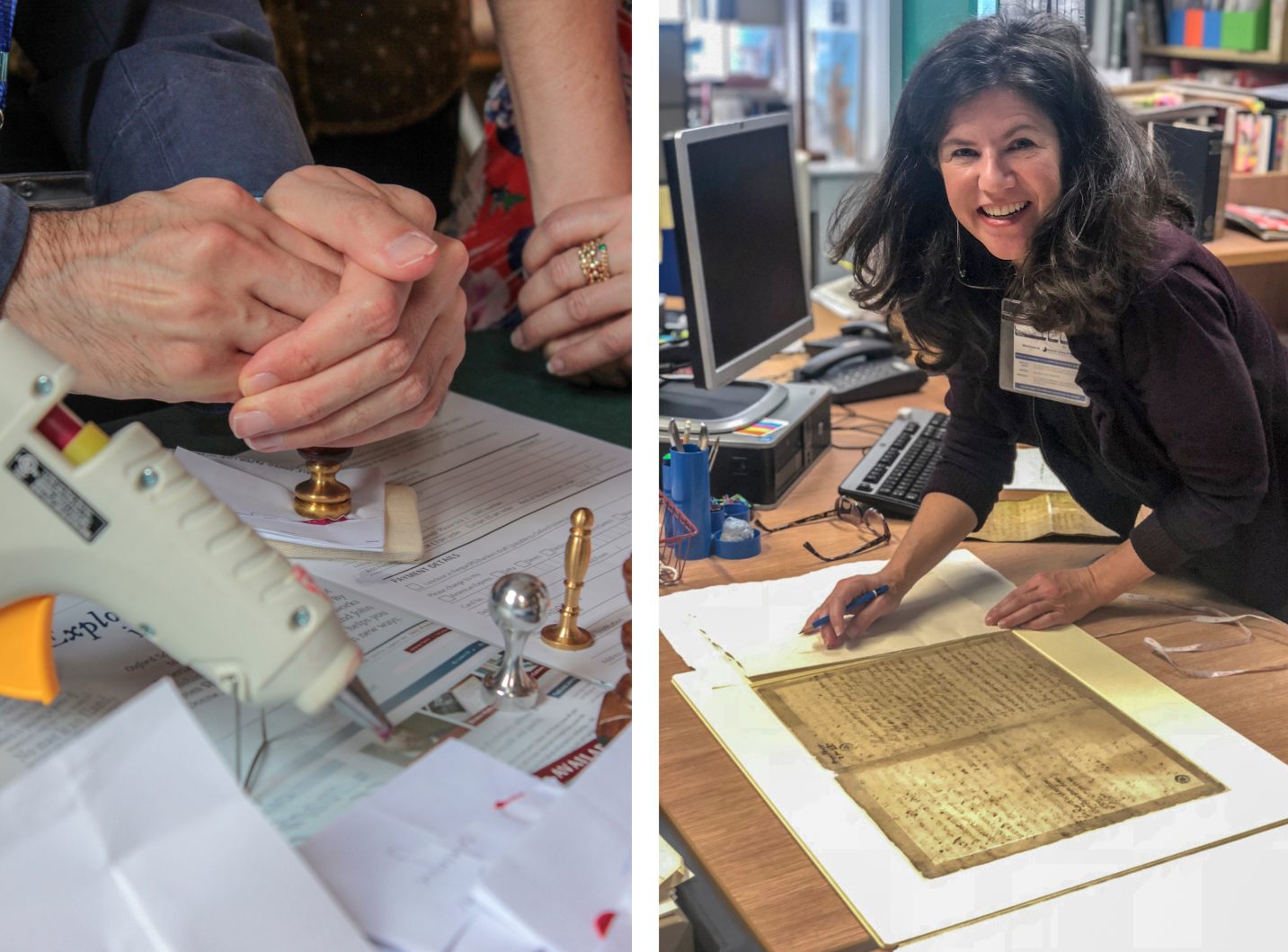
Mary was not the only person of note to lock her letters: Fellow practitioners include Galileo, Machiavelli, Marie Antoinette, the Boston philanthropist Isabella Gardner, and the artist Albrecht Dürer. “Everyone was doing it,” notes Smith, a lecturer in the department of English at King’s College London. “It is something that underlies the history of communication for hundreds of years, and it’s kind of mind-blowing.”
To seal a modern-day envelope (on the off chance you’re sealing an envelope at all), it takes a lick or two, at most. Not so for Mary or for Machiavelli. In those days, letters were folded in such a way that they served as their own envelope. Depending on your desired level of security, you might opt for the simple, triangular fold and tuck; if you were particularly ambitious, you might attempt the dagger-trap, a heavily booby-trapped technique disguised as another, less secure, type of lock.
The practice of letterlocking in the Western world is roughly bookended by the spread of flexible, foldable paper in the 13th century and the invention of the mass-produced envelope in the 19th century. But it also fits into a 10,000-year history of document security—one that begins with clay tablets in Mesopotamia and extends all the way to today’s passwords and two-step authentication. “We see letterlocking as part of a much broader historical study,” Smith says.

Dambrogio first encountered locked letters in 2000, in the conservation lab of the Vatican Secret Archives. Her fellowship project involved a careful study of legal and accounting records spanning the 10th to 17th centuries, all of which had survived virtually untouched. By the end of the first week, she says, “I had already started to see slits and authentication marks and really beautiful wax seals and cut-off corners and folds—folds in books, folds in books of papers, folds everywhere.”
But, fresh out of graduate school, Dambrogio didn’t immediately grasp the significance of these discoveries. “It took a long time for me to realize, actually, what I’m doing is new,” she says. “It’s not just new to me.”
Over the next several years, working at the National Archives and Records Administration in Washington, D.C. and again at the Vatican Secret Archives, Dambrogio continued to collect evidence of security built into archival correspondence. She started writing a book that explored how 250 archival records were made; her first chapter would focus on letters (“the most fundamental, most simple structure,” she reasoned) and take no more than four months to finish.

Ten years and a quarter-million letters later, that “first chapter” has taken on a life of its own. Initially, there wasn’t even a word for what Dambrogio was studying—her term “letterlocking” was adopted by other researchers beginning in 2009. Today, Dambrogio focuses on the engineering of the letterlocks; Smith, who joined her in 2013, provides historical context. She describes their work as “evangelical”: Together, they’ve handed out more than 10,000 replica locked letters, spreading the gospel to elementary schoolers and academics alike.
“When we do these workshops at Oxford or at King’s Shakespeare Centre,” Smith says, “what we’re trying to do is show people who work in rare books and manuscripts how to read and understand the materials that are passing through their hands in ways that maybe they haven’t seen before.” But for their younger audiences, says Dambrogio, “it’s just a really fresh way of teaching history and conservation.”
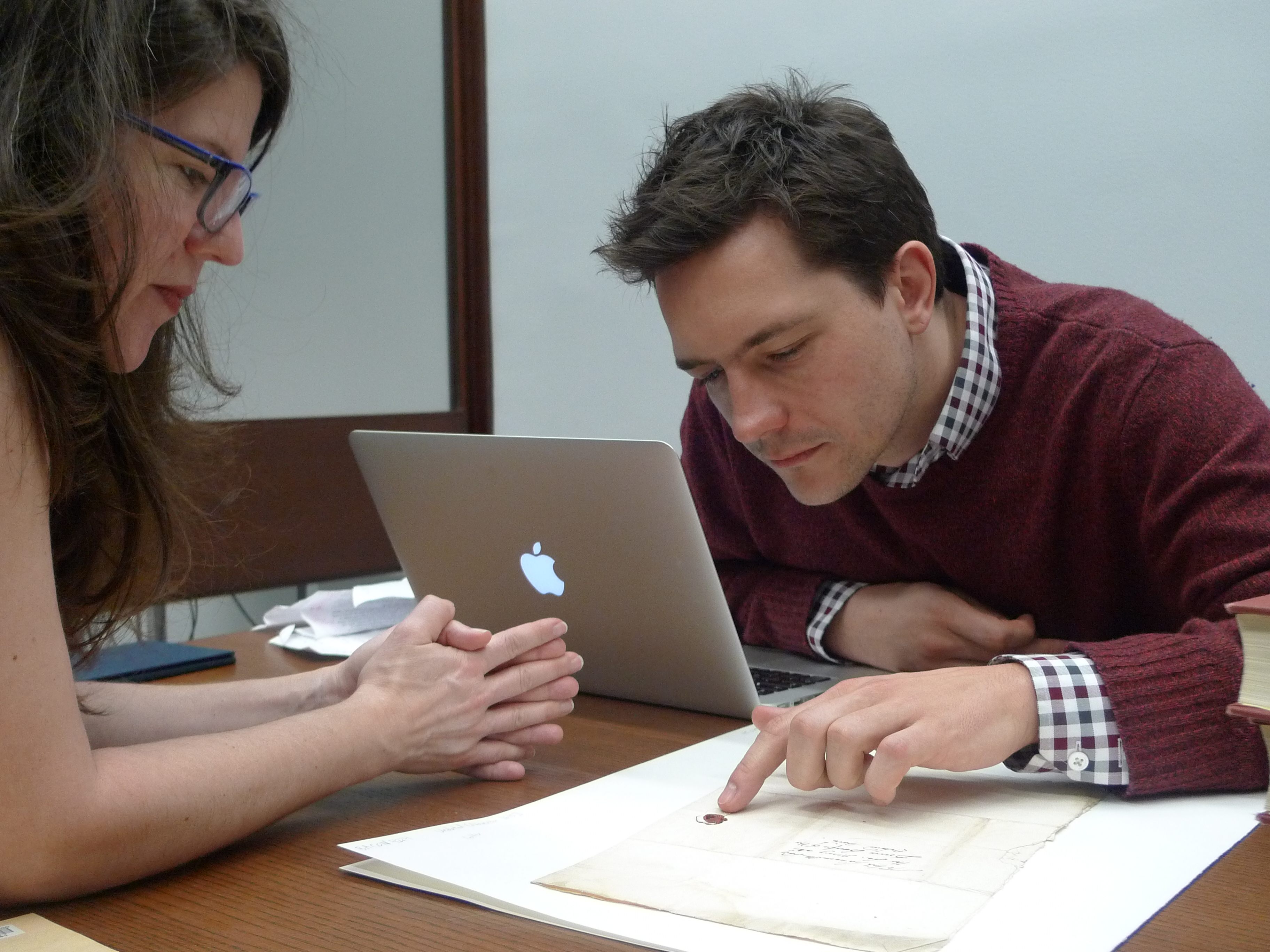
Although evidence of letterlocking is abundant in archives, it’s still a challenge to accurately recreate these three-dimensional objects. Some of Dambrogio and Smith’s detective work is small-scale, focusing on the structure of an individual letter. Even if the folds have been erased after years of flat storage, patterns of dirt and discoloration on the paper can offer clues to which portion of the folded letter would have been the outside. To better understand the breakage of the original wax seals, their research team has experimented with historic formulas for sealing wax.
At other times, their research looks more like a massive, multi-year treasure hunt. There have been cases, says Smith, where they have nine damaged examples, “and then find the tenth one that’s damaged, but in a different way, so it supplies the evidence that’s missing in the others. It becomes this kind of jigsaw effect.”
Piecing together these clues is a time-consuming process that requires a massive number of data points. “It’s looking of thousands of artifacts and having the ability to remember them” in order to spot trends, Dambrogio says. It also takes patience, she adds, noting that some structures have taken her as long as a decade to reverse engineer.
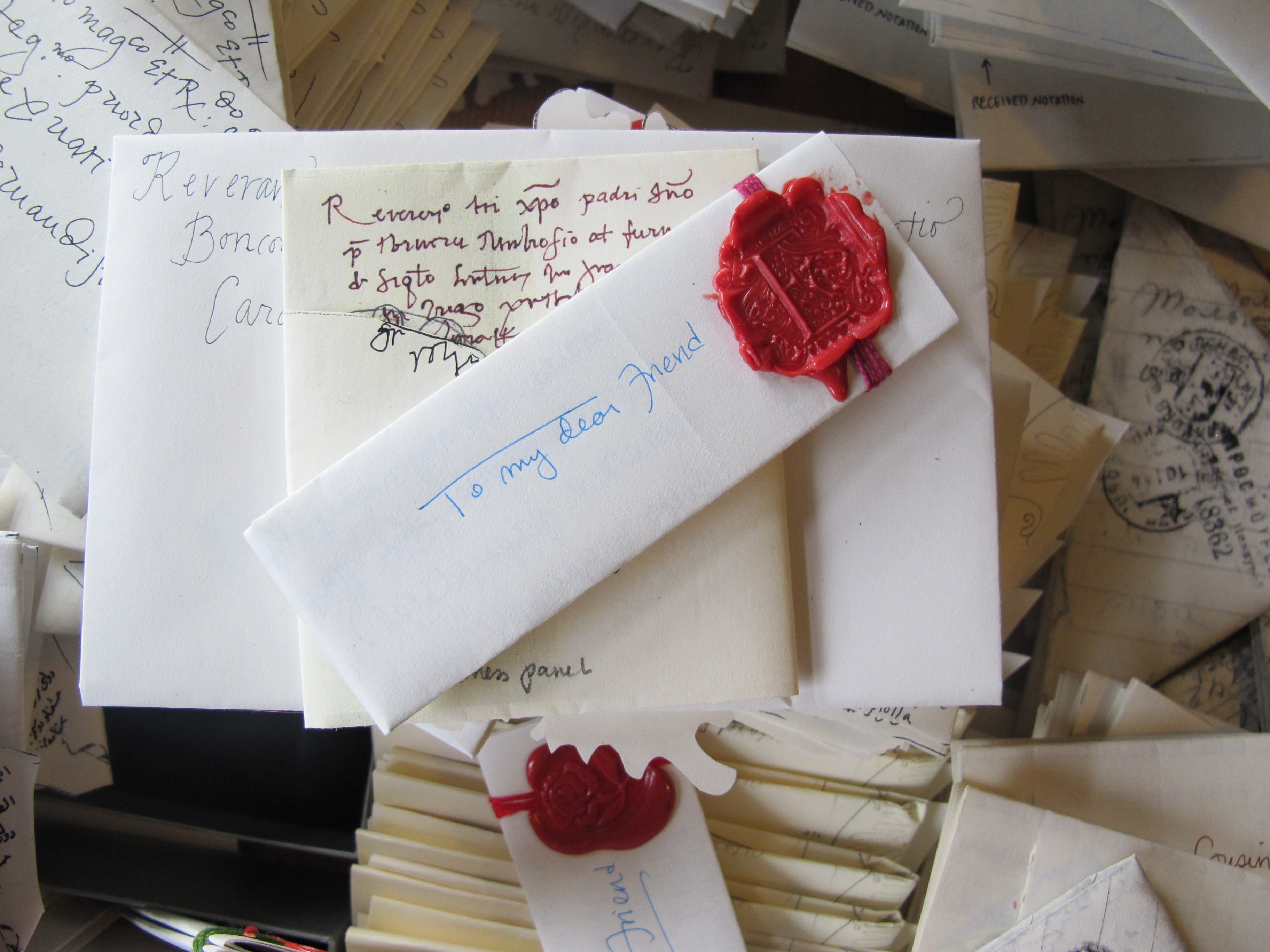
Sometimes, however, the evidence is delivered in one fell swoop. In 2012, Yale researcher Rebekah Ahrendt tracked down a trunk of undelivered letters in the Netherlands—including 600 that had never been opened. Preserved by The Hague’s postmasters in hopes that someone might eventually claim their letter (and, thus, pay postage), the collection immortalizes the final decades of the 17th century through the words of musicians, merchants, aristocrats, and spies. Smith and Dambrogio are part of the team analyzing this historical correspondence.
Although the trunk will take years to examine fully, the duo has already noticed links between these letters and those of other figures they’ve studied. “If you compare Queen Elizabeth’s letters and [English poet] John Donne’s letters and then you went and looked in this trunk, you’d start to see the evolution of a technology,” Smith says. “What you start to see is something that starts to look more like a modern envelope. This is part of a story we can tell.”
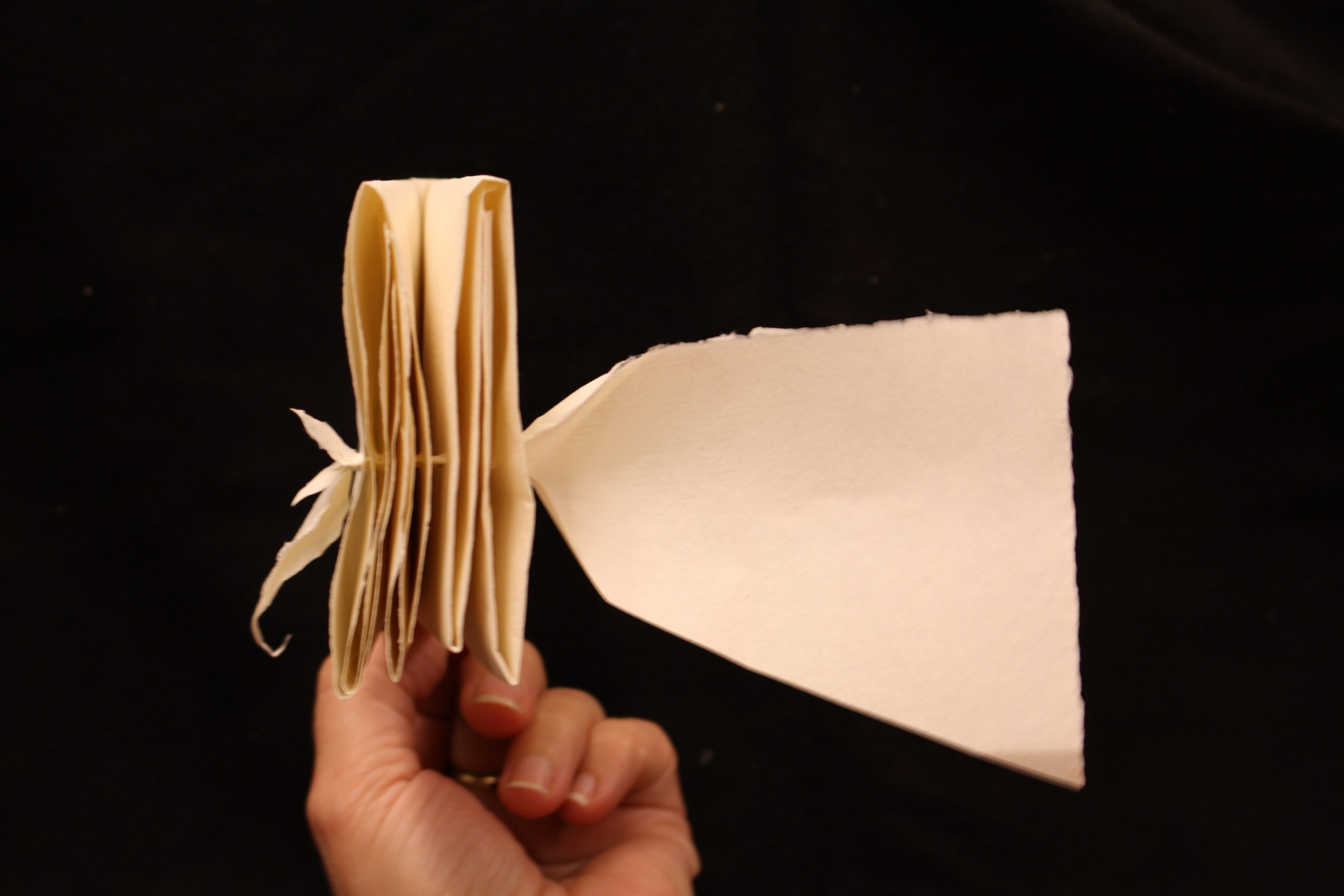
Both researchers are adamant, however, that there is still so much left to uncover. Many questions remain: How, for instance, did John Donne and Queen Elizabeth I’s spymaster know the same letterlocking techniques? Were they passed down from a parent or from a colleague? Did certain locks imply something about the content of the letter?
There is evidence that suggests letterlocking might have been seen as a reflection of personality and taste. Smith points to Donne as a particularly telling example. “He’s using five different letterlocking styles, and one of them—despite the fact that we’ve looked at nearly a million letters, a quarter of a million in detail—we’ve never seen anyone else use it,” Smith says. “So we’ve got this guy who’s known as the most inventive and witty poet of his generation, and he’s doing one of the most inventive and witty and brilliant letterlocking methods you could imagine. That is the kind of evidence you can use to say ‘Ah, so, you can actually see something of people’s personalities in the way they fold letters.’”
In the same way, Mary Queen of Scots’s locked letter offers new insight into her final hours. “It’s extraordinary that, at a certain point of time, someone is writing a letter and it’s considered their last act,” Dambrogio says. “But, actually, their last act is choosing what letterlocking technique they’re going to use to communicate with the people they love.”
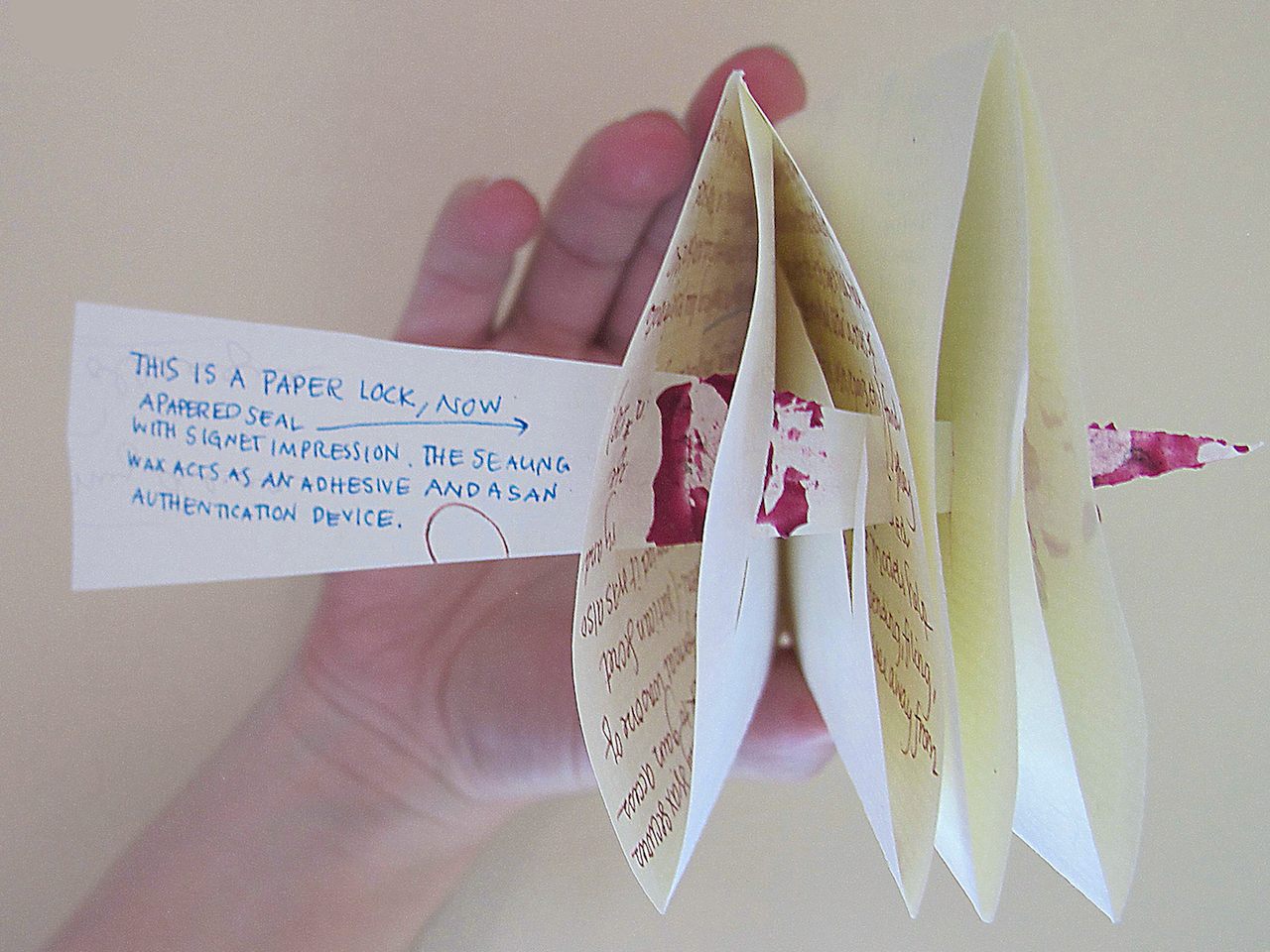


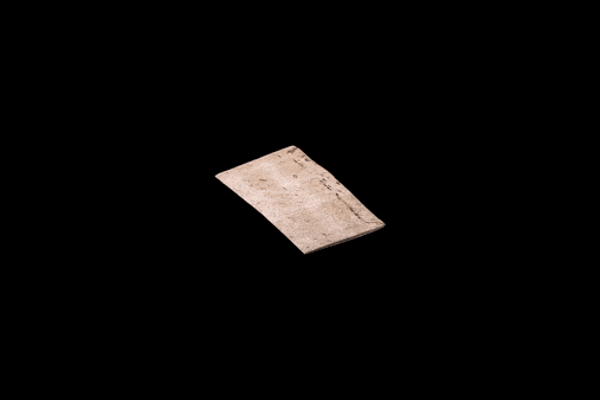







Follow us on Twitter to get the latest on the world's hidden wonders.
Like us on Facebook to get the latest on the world's hidden wonders.
Follow us on Twitter Like us on Facebook